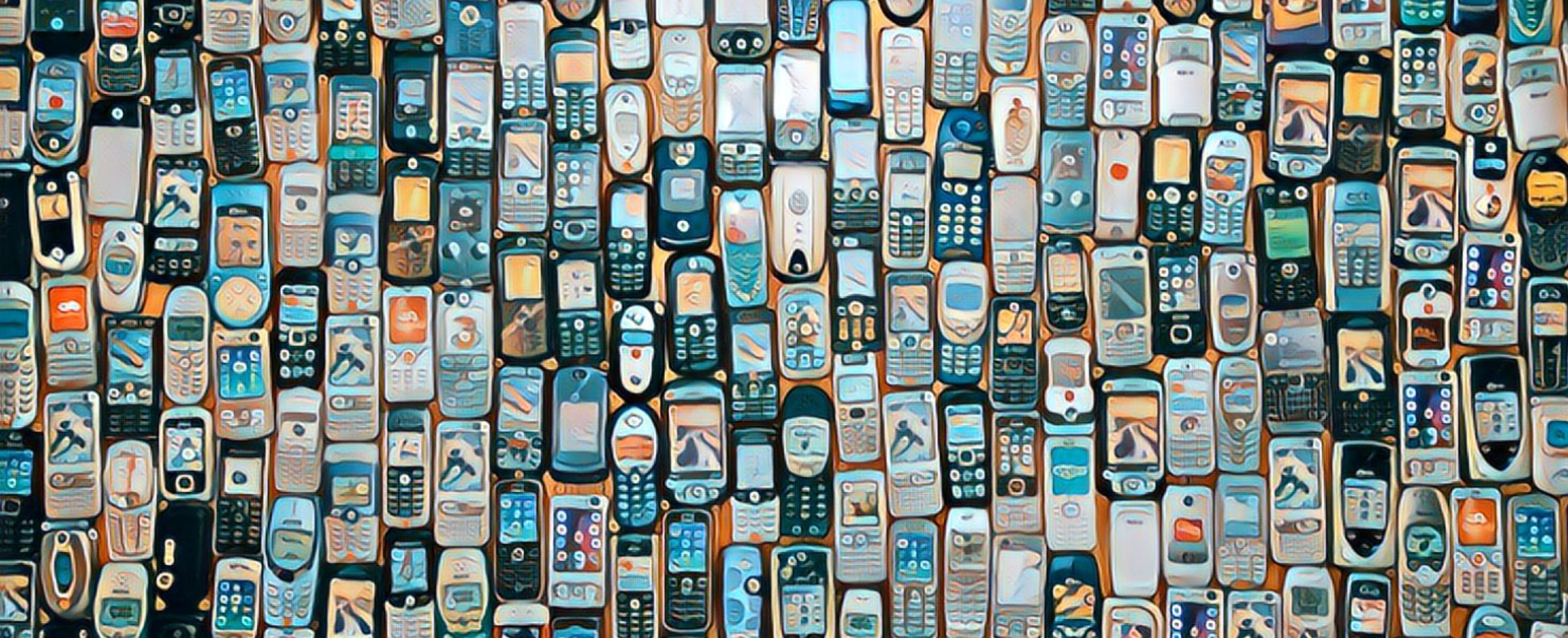In many regions, internet-free access may be a make-or-break feature for central bank digital currencies.
As the world’s central banks rush to develop digital currencies, almost all the research and trials focus on internet-based technology. What will happen when the web goes down in a war or a natural disaster? And what about the 75 percent of the world’s adult low-income population that doesn’t even have internet access (World Bank Findex Database)?
That’s where a little-noticed but long-running push to develop offline digital payment systems comes in. Some of this work goes back 30 years, to a time long before smartphones. In fact, the future of offline central bank digital currencies (CBDCs) may lie in the technological past.
But wait. Why do central banks in developing economies like Ghana or Uruguay want to give people some fancy digital currency to replace their cedis or pesos?
There are several compelling reasons. One is better risk management as digital currencies may be harder to steal than bales of paper money. Much of the world’s consumer commerce already takes place digitally—well over 90 percent of it in places like China and Sweden. Central banks don’t want to leave billions of transactions in the hands of internet payment platform operators. And it’s an issue of financial inclusion for millions of people who can’t afford to use the conventional banking system or don’t have internet access.
Offline digital currencies
Offline digital payment systems could verify availability of funds and validate transactions without the need to check in with an online ledger. They could use old-tech, non-internet-driven mobile phones or something like a souped-up stored-value card.
Back in 1993, the Bank of Finland launched its Avant stored-value card. It was capable of offline payments using a custom-made card reader device, but it never caught on and was dropped in 2006. National Westminster Bank in the United Kingdom tested a similar stored-value payment platform called Mondex in 1995. Avant and Mondex showed that the technology worked, but not enough merchants acquired the required point-of-sale devices. And even though both allowed peer-to-peer transactions, users had to access it through special devices.
Recently, several enterprises have launched updated versions of the Avant and Mondex concepts that are capable of handling offline payments. Users send and receive funds by exchanging multi-digit authorization codes, either manually or using near-field communication (NFC) connections. Some require intermediary devices such as mobile phones or online connections to fully settle transactions, but that is to keep the device costs down and eliminate the need for internal battery power.
For example, the 170-year-old German banknote company Giesecke+Devrient is testing an offline CBDC platform with the Bank of Ghana based on a stored-value card. It is configured to allow for unlimited consecutive offline transactions but uses an intermediary device. The eCedi can be used by anyone with either a digital wallet app or a contactless smart card that can be used offline. The People’s Bank of China has reportedly been experimenting with similar hardware wallets as part of its trials of the digital yuan.
The cost of some of these devices may put them out of practical reach for many people. For example, the fintech company WhisperCash offers a sophisticated battery-powered credit-card-sized device for conducting digital currency transactions that costs about $70.
Image: Courtesy of WhisperCash
But the company has also rolled out an offline platform that piggybacks on text-based, non-internet-enabled mobile phones. Known as “feature phones,” they can be had for as little as $5. The WhisperCash system involves a $2 device that’s attached to the phone’s SIM card.
Even in low-income countries, 66 percent of adults own at least such a phone. In 2017–18 the Central Bank of Uruguay conducted a successful six-month test of a CBDC that users could access using feature phones (Sarmiento 2022).
Offline devices typically rely on tamper-resistant hardware to maintain integrity. Policy constraints, like limits on transaction amounts and balances, need to be protected because modifying them could allow the misuse of funds. Such limits also play a role in enforcing financial integrity regulations. On-device analytics or periodic synchronization with a trusted verification service could be used to allow identification of suspicious transactions.
The Bank of Canada is exploring such universal access devices intended to incorporate attributes of cash and prevent the interruption of digital transactions in case of an infrastructure failure. In its exploratory work on a digital euro, the European Central Bank is considering offline functionality.
Whether any of these ideas will go into full operation is an open question, but it does seem that in many regions offline access may be a make-or-break feature for central bank digital currencies.
Opinions expressed in articles and other materials are those of the authors; they do not necessarily reflect IMF policy.
References:
Sarmiento, Adolfo. 2022. “Seven Lessons from the e-Peso Pilot Plan: The Possibility of a Central Bank Digital Currency.” Latin American Journal of Central Banking 3 (2): 100062.










